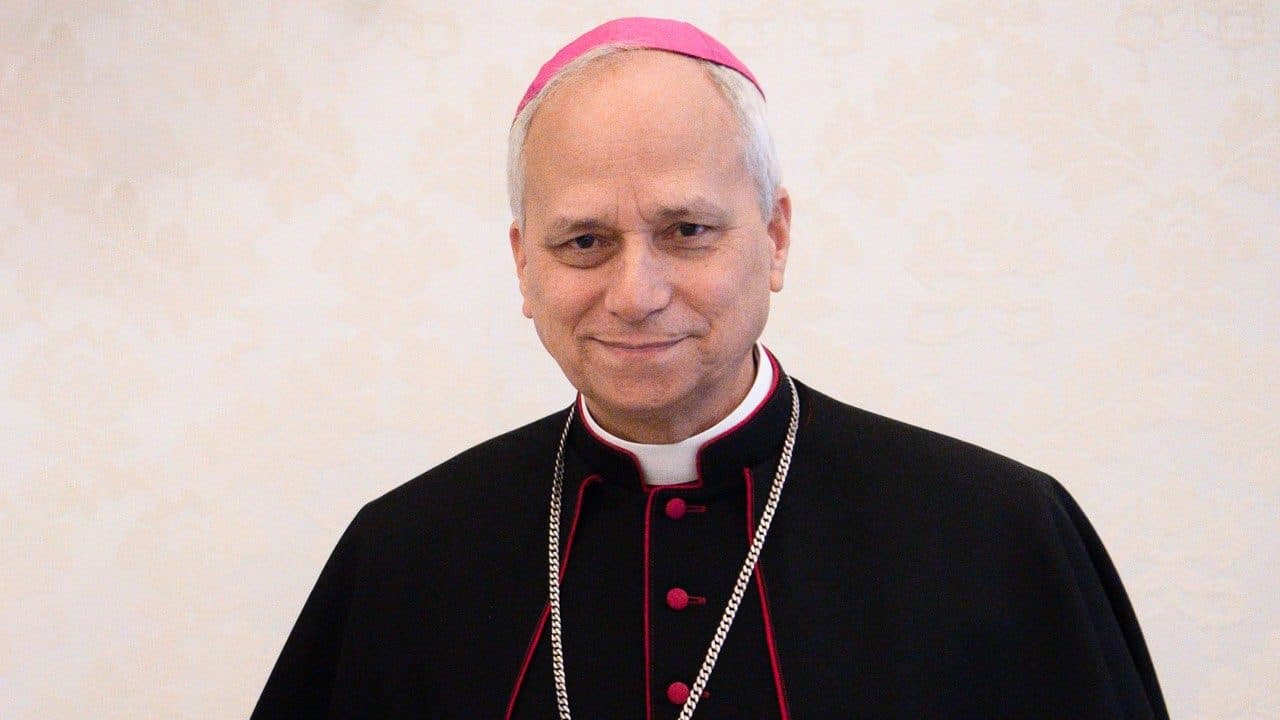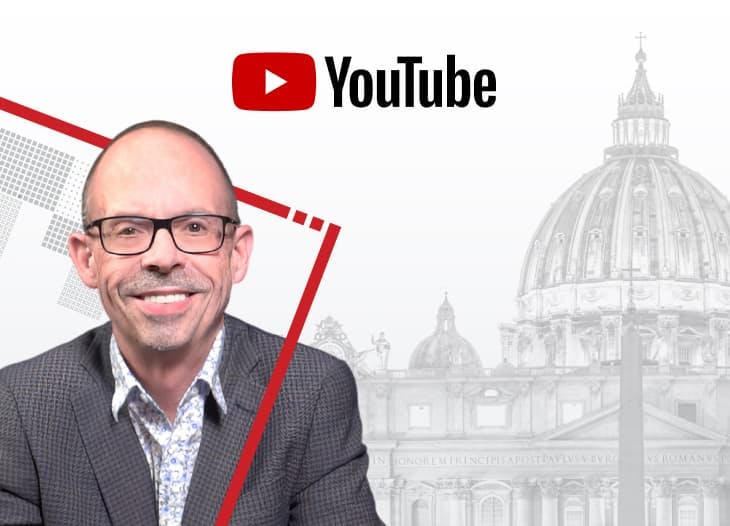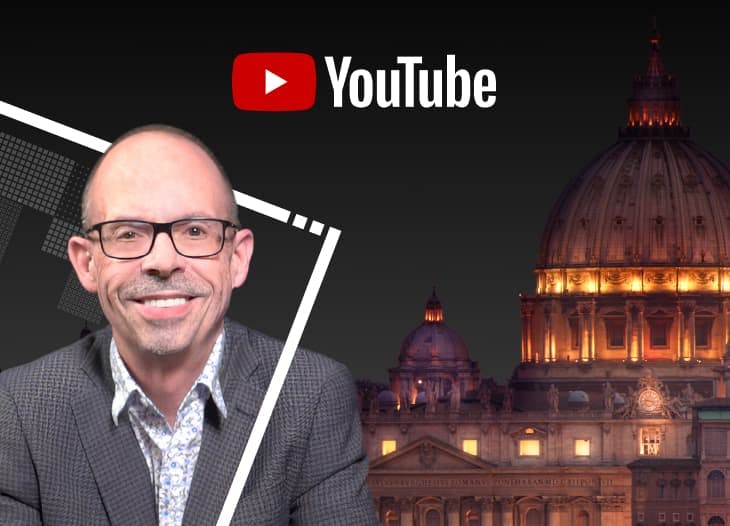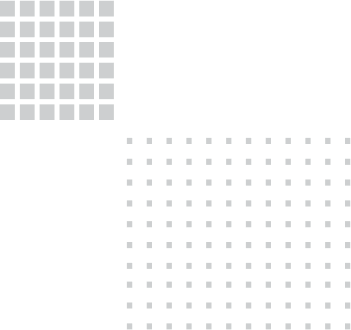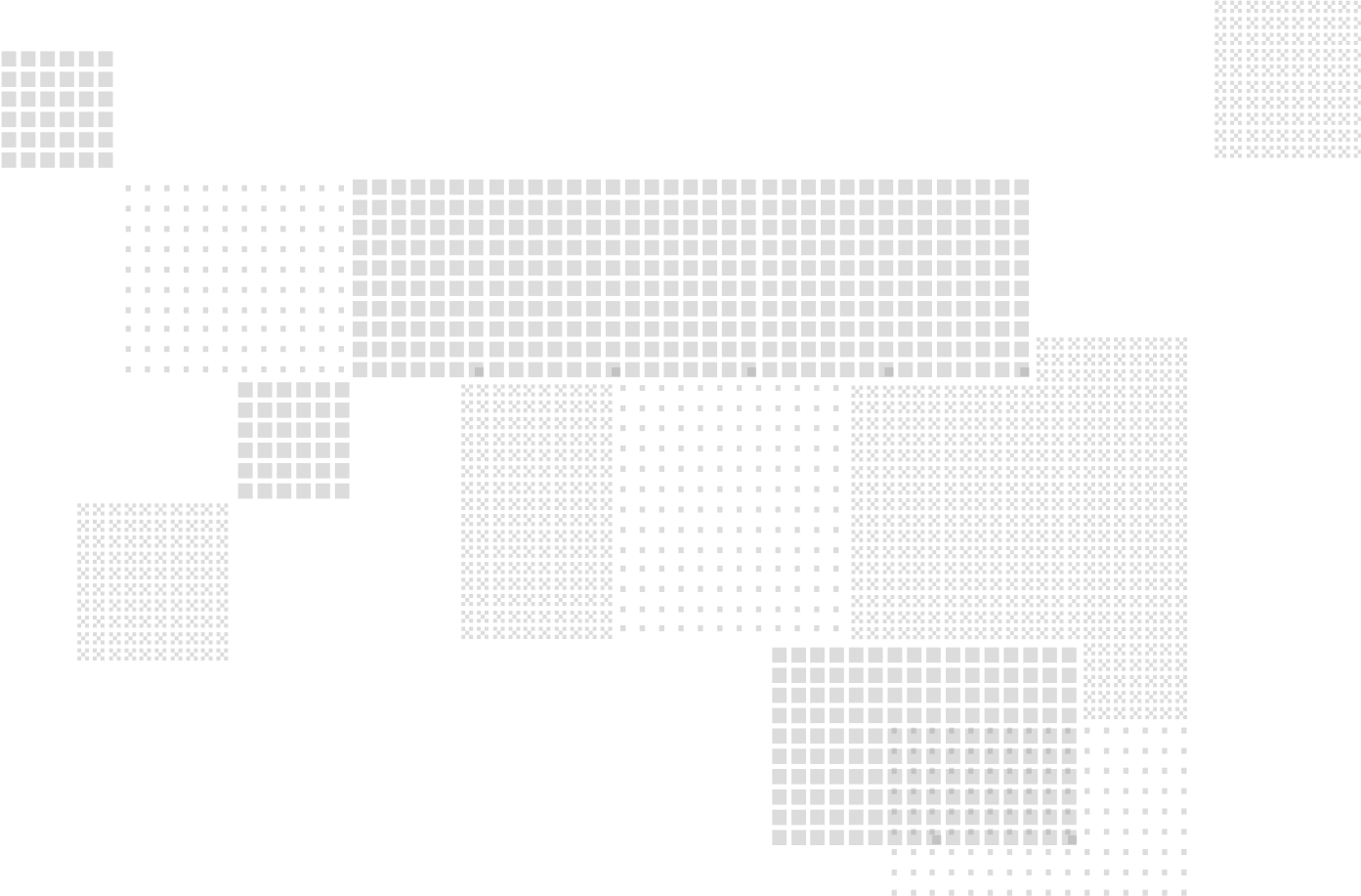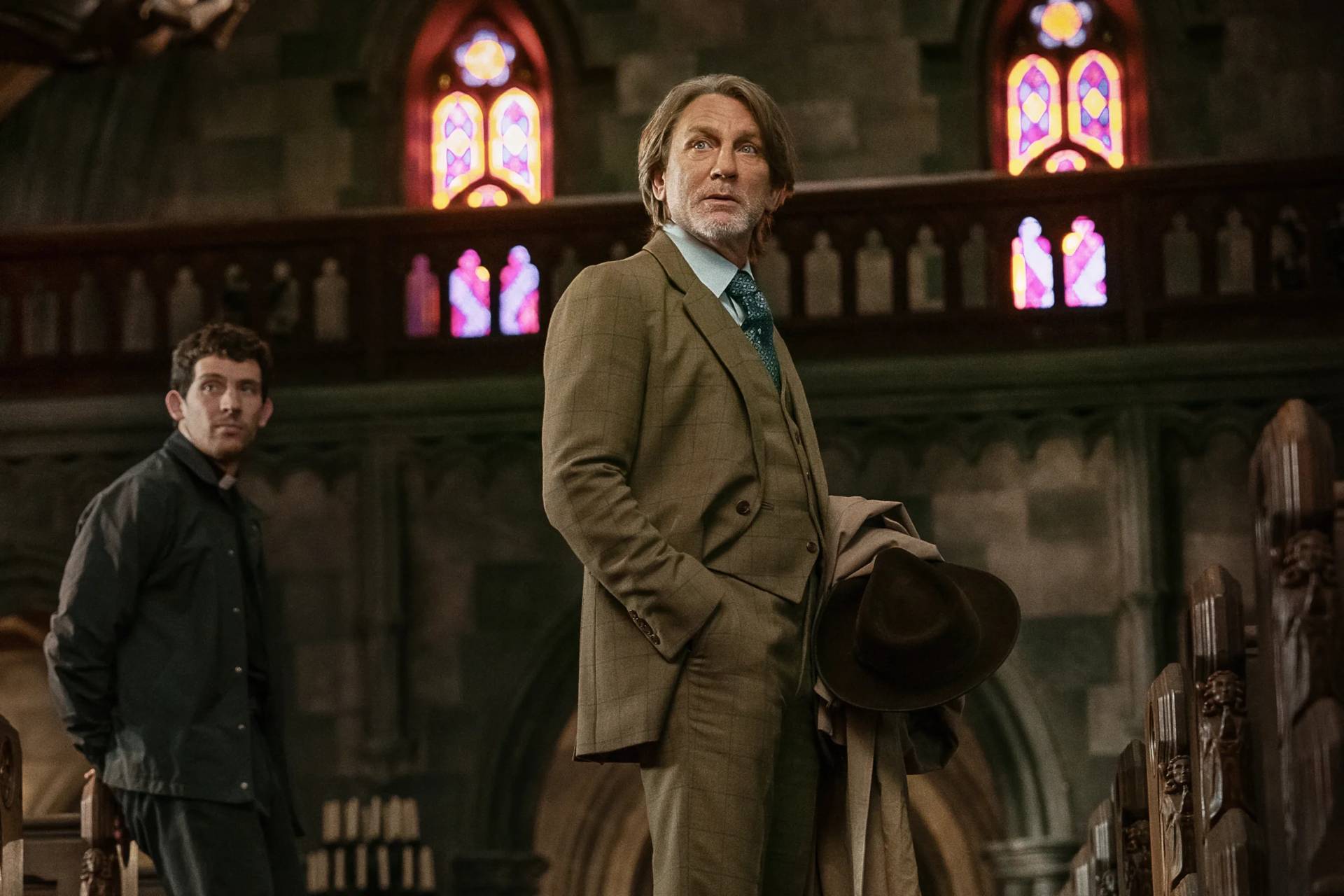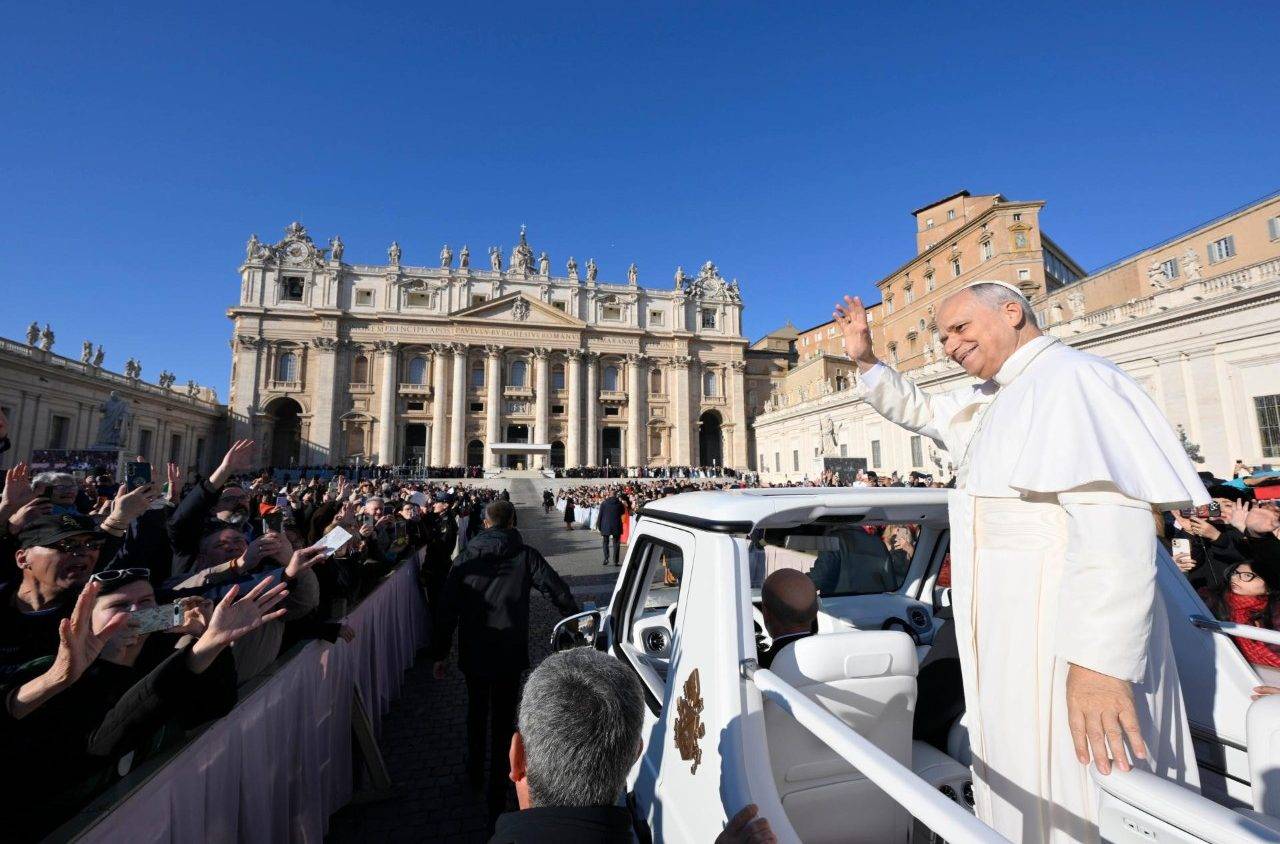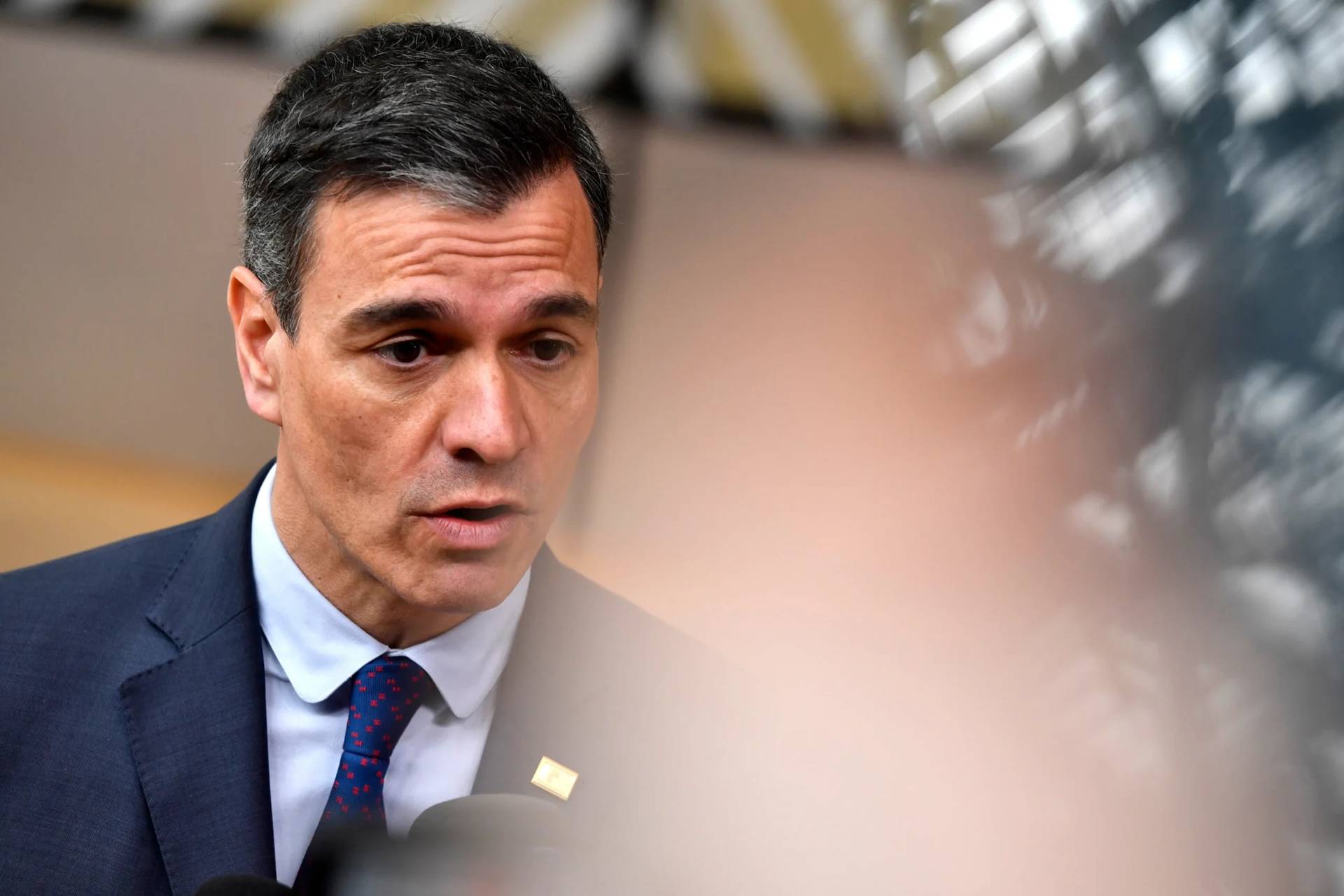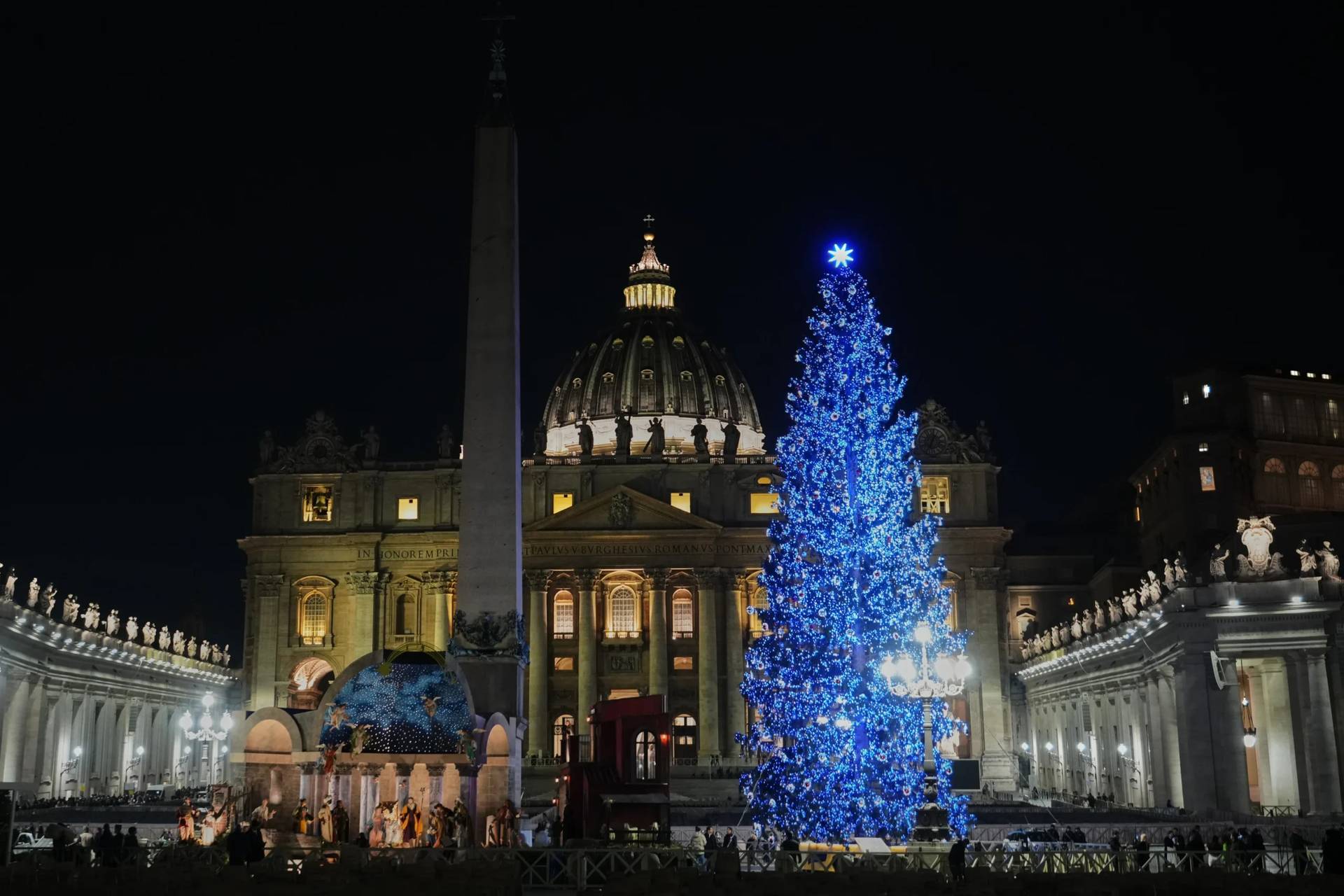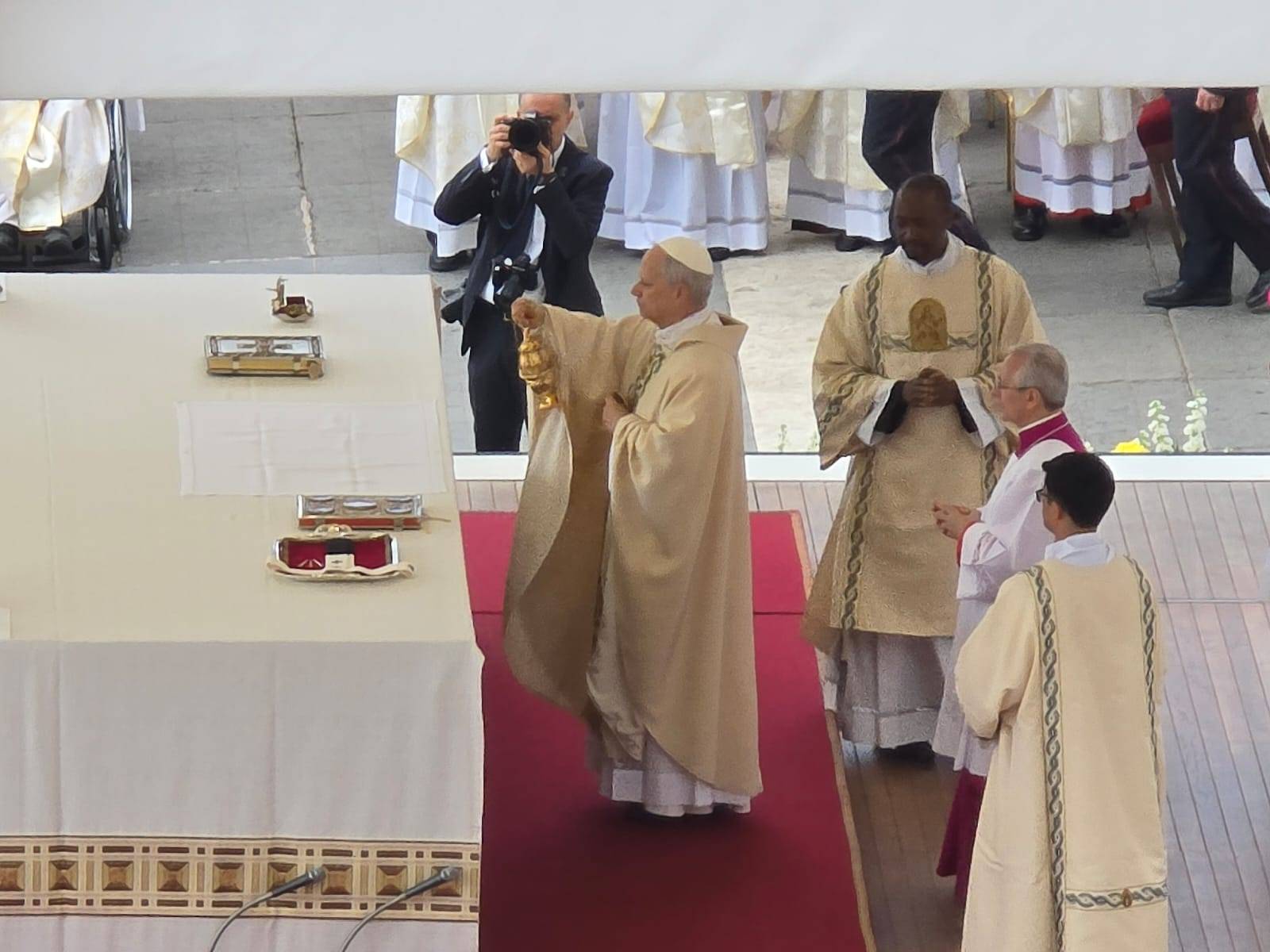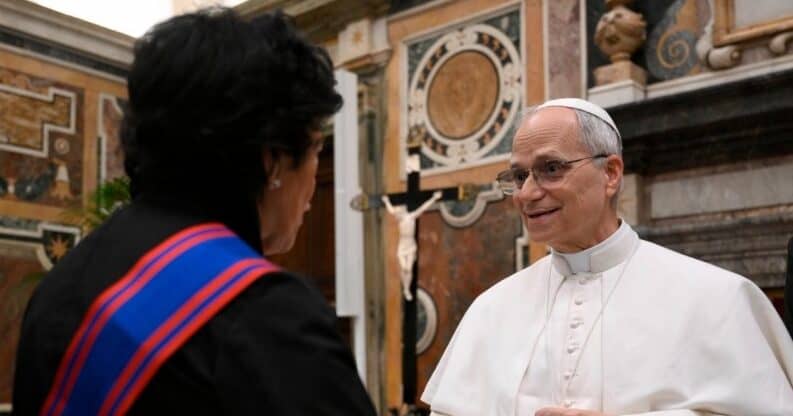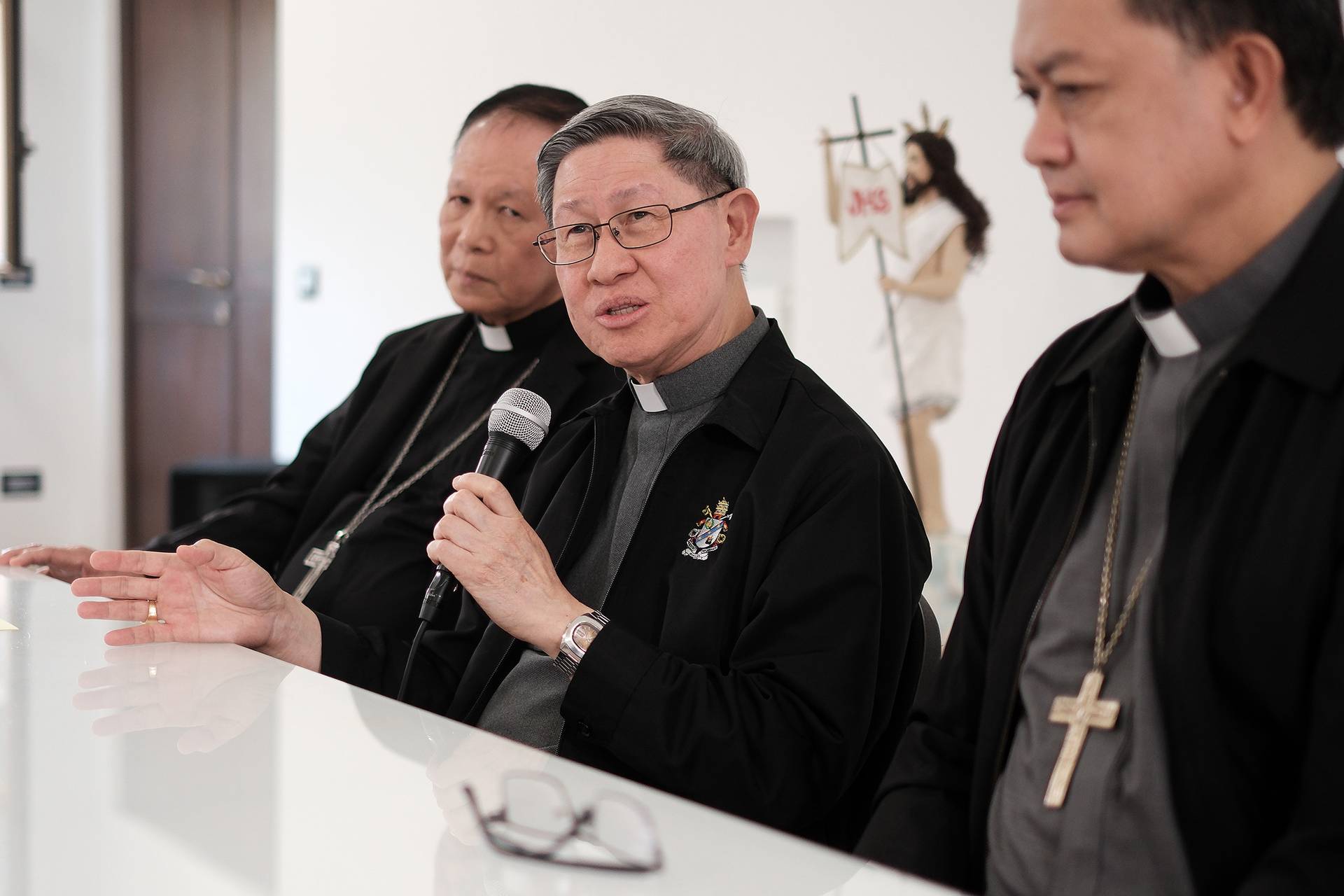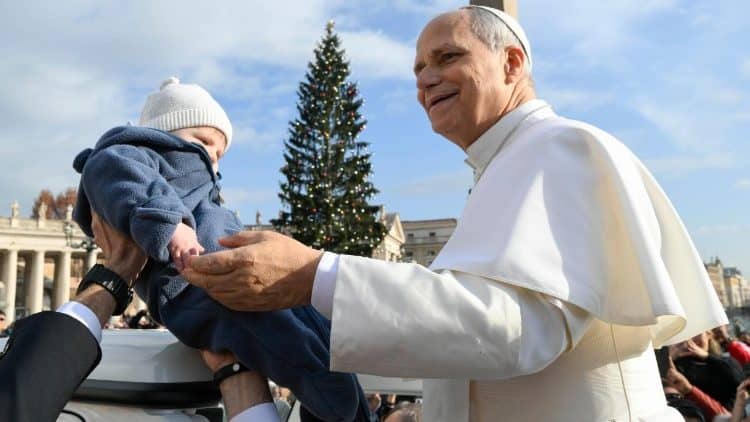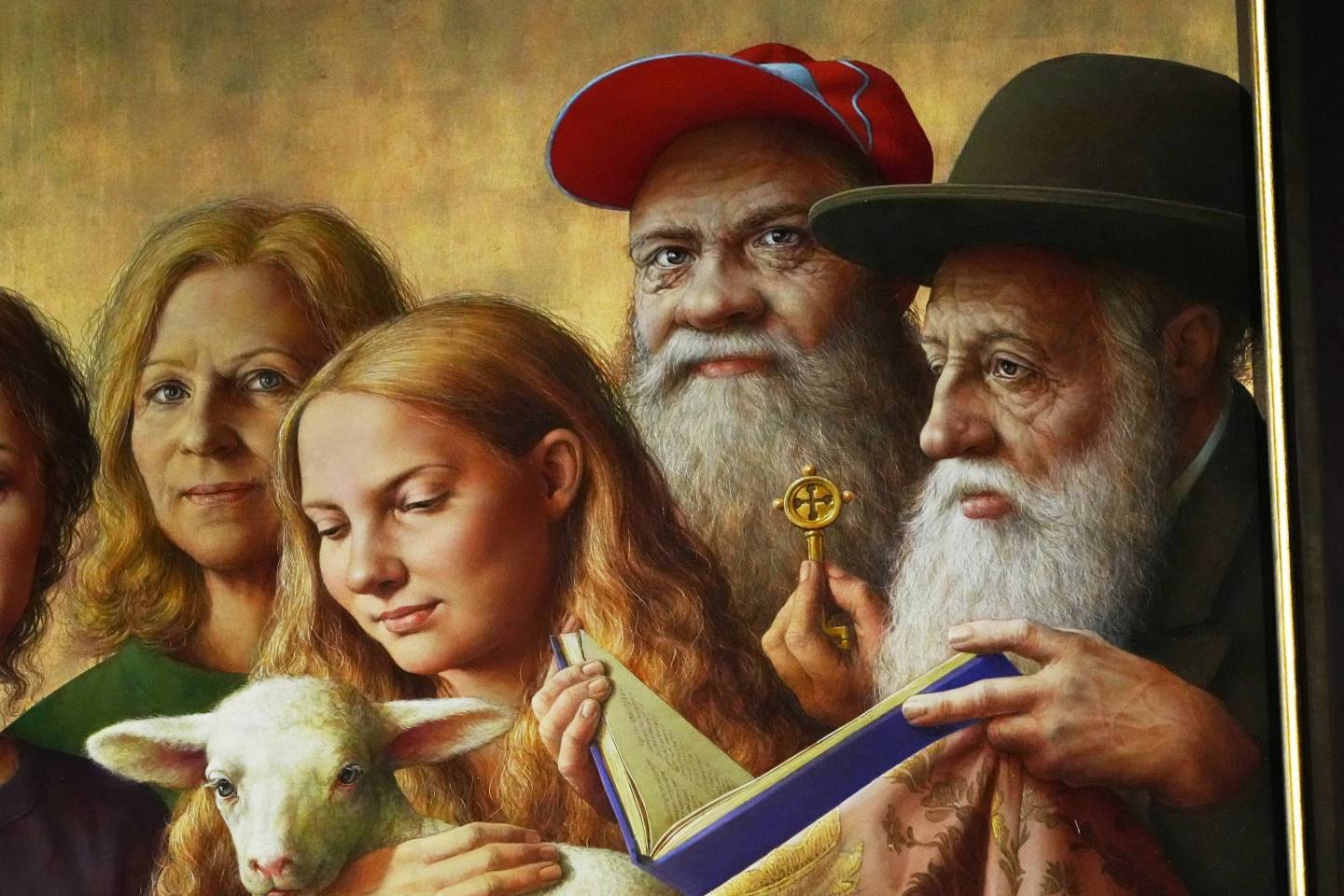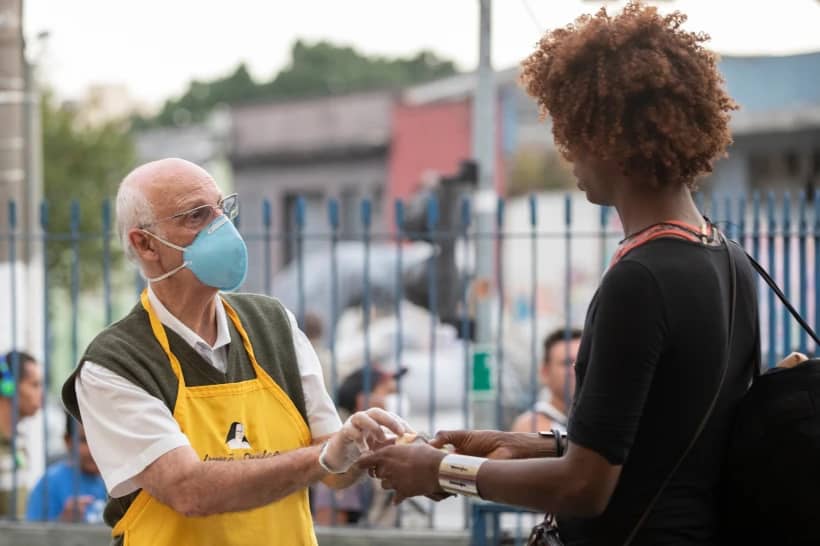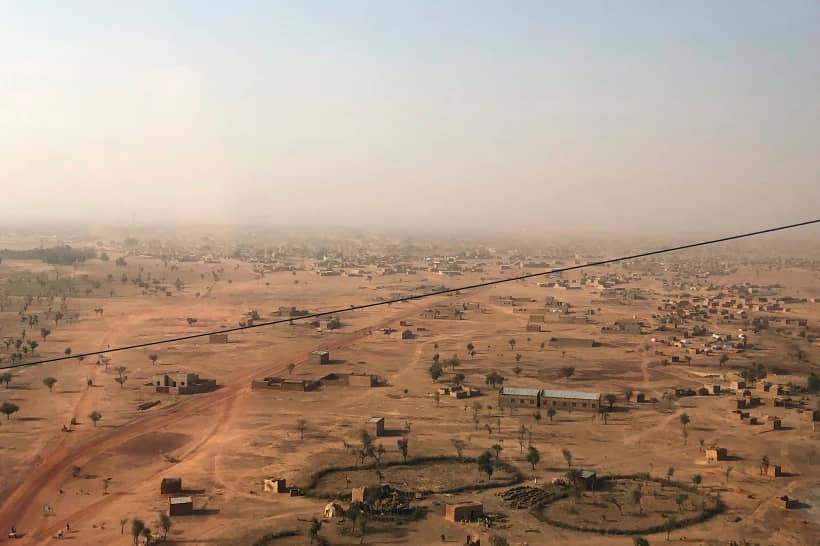Each day between now and the May 7 conclave to elect a successor to Pope Francis, John Allen is offering a profile of a different papabile, the Italian term for a man who could be pope. There’s no scientific way to identity these contenders; it’s mostly a matter of weighing reputations, positions held and influence wielded over the years. There’s also certainly no guarantee one of these candidates will emerge wearing white; as an old bit of Roman wisdom has it, “He who enters a conclave as a pope exits as a cardinal.” These are, however, the leading names drawing buzz in Rome right now, at least ensuring they will get a look. Knowing who these men are also suggests issues and qualities other cardinals see as desirable heading into the election.
ROME – Once upon a time, it was said that the idea of an American pope was unthinkable. In the beginning, it was for basically logistical reasons – steamships from the New World took so long to reach Rome that American cardinals often arrived too late to vote, and in any event they were never part of the political sausage-grinding before the conclave began.
Later, the veto on an American pope became geopolitical. You couldn’t have a “superpower pope,” or so the thinking ran, because too many people around the world would wonder if papal decisions were really being crafted in the Vatican or at CIA headquarters in Langley.
Today, however, that logic feels superannuated. America is no longer the world’s lone superpower, and, in any event, dynamics inside the College of Cardinals have changed. Geography is largely dead as a voting issue; cardinals no longer care what passport a candidate holds, but rather what spiritual, political and personal profile he embodies.
As it happens, there is an American this time around with a serious shot: 69-year-old Cardinal Robert Francis Prevost, who served as head of the Vatican’s ultra-powerful Dicastery for Bishops under Pope Francis for the past two years. That made him responsible for advising the pope on picking new bishops around the world, which is, inter alia, a great way to make friends in the Catholic hierarchy.
As his fellow prelates have gotten to know the former Augustinian superior, many of them like what they see: A moderate, balanced figure, known for solid judgment and a keen capacity to listen, and someone who doesn’t need to pound his chest to be heard.
Born in Chicago in 1955 into a family of Italian, French and Spanish origins, Prevost went to high school at a minor seminary run by the Order of St. Augustine, called the “Augustinians.” From there he enrolled at Villanova University in Philadelphia, eventually earning an undergraduate degree in mathematics in 1977. He joined the Augustinians the same year and began studies at the Catholic Theological Union, where he earned a Master of Divinity degree in 1982. (Prevost is actually the first CTU alumnus to be named a cardinal.)
Next he was shipped off to Rome, where he earned a doctorate degree in canon law from the Dominican-run University of St. Thomas Aquinas, popularly known as the “Angelicum.”
In 1985 Prevost joined the Augustinian mission in Peru. His leadership qualities were quickly recognized, as he was named chancellor of the territorial prelature of Chulucanas from 1985 to 1986. He spent a couple of years back in Chicago as the pastor for vocations for his Augustinian province before returning to Peru, where he would spend the next decade running an Augustinian seminary in Trujillo while also teaching canon law and serving as prefect of studies in the diocesan seminary.
There’s an old rule in clerical life, which is that competence is its own curse – your workload tends to expand in direct proportion to the perception that you’re gifted at getting things done. Thus it was that in addition to his day jobs, Prevost also put in stints as a parish priest, an official at diocesan headquarters, a director of formation for Trujillo and the judicial vicar for the diocese.
Prevost returned to Chicago again in 1999, this time to serve as prior of his province. It was during this period that he would have a brush with the clerical sexual abuse scandals, signing off on a decision to allow an accused priest to reside in a priory close to a school. Though the move would later draw fire from critics, it came before the US bishops adopted new standards in 2002 for handling such cases, and his signature was basically a formality for a deal that had already been worked out between the archdiocese and the accused priest’s spiritual advisor and overseer of a safety plan.
In 2001 Prevost was elected the Prior General of the worldwide Augustinian order, with its headquarters in Rome at the Augustinian Pontifical Patristic Institute, known as the “Augustinianum,” which is located immediately adjacent to St. Peter’s Square and tends to be prime real estate for meeting visiting clergy and bishops from around the world. Prevost would serve two terms in the post, earning a reputation as a deft leader and administrator, before returning briefly to Chicago from 2013 to 2014 as a director of formation for the order.
In November 2014 Pope Francis appointed Prevost apostolic administrator of the Diocese of Chiclayo in Peru, and a year later he became the diocesan bishop. Historically speaking, the Peruvian bishops have been badly divided between a left wing close to the liberation theology movement and a right wing close to Opus Dei. In that volatile mix, Prevost came to be seen as a moderating influence, reflected in the fact that he served on the conference’s permanent council and as vice-president from 2018 to 2023.
This past February, Pope Francis inducted Prevost into the exclusive order of Cardinal Bishops, a clear sign of papal trust and favor – and this despite the fact, according to observers, that Prevost and the late pontiff didn’t always see eye-to-eye, but Francis nevertheless saw in the American prelate a man he felt he could rely upon.
What’s the case for Prevost?
Fundamentally, there are three qualities cardinals look for every time they have to kick the tires on a possible pope: They want a missionary, someone who can put a positive face on the faith; a statesman, someone who can stand on the global stage with the Donald Trumps, Vladimir Putins and Xi Jinpings of the world and hold his own; and a governor, someone who can take control of the Vatican and make the trains run on time, including dealing with its financial crisis.
There’s a solid argument Prevost ticks all three boxes.
He spent much of his career in Peru as a missionary, and parts of the rest of it in seminary and formation work, giving him an appreciation for what it takes to keep the fires of faith lit. His global experience would be an asset in the challenges of statecraft, and his naturally reserved and equanimous personality might well lend itself to the art of diplomacy. Finally, his successful runs in various leadership positions – religious superior, diocesan bishop and Vatican prefect – offer proof of his capacity to govern.
Moreover, Prevost does not play to classic stereotypes of brash American arrogance. Instead, as both the Italian newspaper La Repubblica and the national TV network RAI recently put it, he comes off as il meno americano tra gli americani, “the least American of the Americans.”
Fundamentally, a vote for Prevost would be seen in broad strokes as a vote for continuity with much of the substance of the Pope Francis agenda, but not necessarily the style, as he’s more pragmatic, cautious and discreet than the late pope – all qualities many of his fellow cardinals might well find desirable.
Moreover, Prevost is seen as having more or less the right age profile. He turns 70 in September, so a Prevost papacy likely would be long enough to guarantee stability, not so long as to conjure images of an Eternal Father instead of a Holy Father.
The case against?
To begin with, Prevost is something of a cypher when it comes to many of the contested issues in Catholic life. In terms of where he stands on matters such as the ordination of women deacons, or the blessing of persons in same-sex unions, or the Latin Mass, he’s played his cards awfully close to the vest. For some cardinals, that might make Prevost too much of a journey into the unknown, especially among more conservative voters who want some guarantee of greater clarity.
In addition, Prevost is among several U.S. cardinals against whom complaints have been lodged by the Survivors Network of Those Abused by Priests (SNAP) for allegedly mishandling abuse complaints. One concerns the accused priest in Chicago, the other two priests in Chiclayo in Peru. There is a compelling other side to that story: Multiple parties have defended Prevost’s conduct in both cases, the canon lawyer who initially represented the Peruvian victims is a disgraced ex-priest with an axe to grind, and while in Chiclayo Prevost was head of a successful diocesan commission for child protection. Still, the mere hint of culpability might be enough to worry some electors.
At a basic level, there may be concern about whether Prevost really has the charisma to play on the global stage, to inspire and to excite. Given that so much of his work over the years has been behind the scenes, he hasn’t had much of an opportunity to turn the world on with his smile. On the other hand, it’s worth recalling that Cardinal Jorge Mario Bergoglio of Argentina had a reputation in Buenos Aires for being a distant, gray figure uncomfortable in the public eye, and we all know how that turned out once he stepped into the Shoes of the Fisherman.
The bottom line is that Prevost satisfies a great deal of what cardinals have traditionally looked for, and even his lack of a clear track record on some disputed issues might be more of an asset than a liability. A 2023 tribute from CTU at the time of his elevation to the College of Cardinals more or less sums up his appeal.
“Prevost brings to the College of Cardinals the heart of a missionary and years of ministerial experience, ranging from academic classrooms to poor barrios to the upper echelons of administration,” it said. “He embodies the Gospel call to be ready to serve wherever the Spirit leads.”
We’ll see in a few days if that strikes at least two-thirds of Prevost’s fellow cardinal electors as the profile of a pope.
